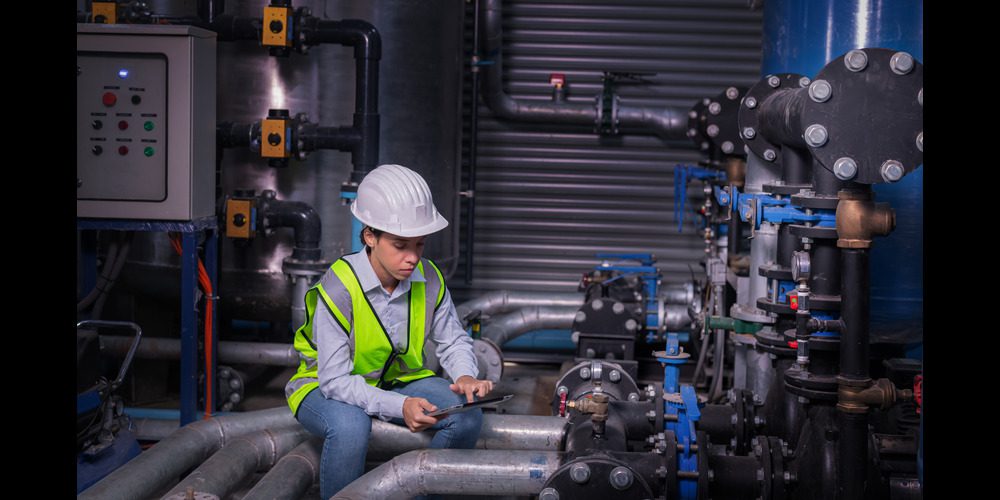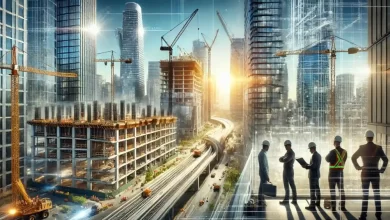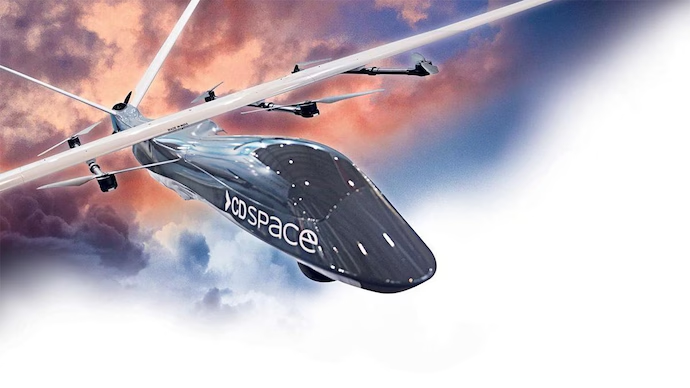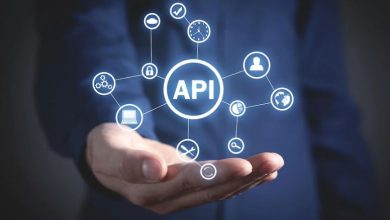Innovations in Plumbing Technology

The field of plumbing has seen significant technological advancements that have revolutionized how homeowners and businesses manage and conserve water. Innovations in plumbing technology not only make systems more efficient and sustainable but also enhance the functionality and convenience of managing water resources. This article delves into several key advancements in the plumbing sector, from smart technology integrations to eco-friendly solutions, explaining how these innovations are shaping the future of plumbing.
Smart Home Water Systems
- Smart Leak Detection Systems
One of the standout innovations in plumbing technology is the development of smart leak detection systems. These systems utilize sensors to monitor water flow and pressure throughout the plumbing network. They can detect irregularities that may indicate leaks and automatically send alerts to homeowners through mobile apps. This immediate notification allows for quick action to prevent extensive water damage and reduce water waste.
- Wi-Fi-Enabled Smart Water Heaters
Modern smart water heaters can be controlled remotely using smartphone apps. This technology not only allows for the adjustment of water temperatures from afar but also provides usage statistics that help homeowners optimize their energy consumption. Some advanced models can even learn a household’s routines and adjust heating schedules accordingly to enhance efficiency and comfort.
Eco-friendly Plumbing Solutions
- Tankless Water Heaters
Tankless water heaters, also known as on-demand water heaters, provide hot water only as it is needed, eliminating the need for a storage tank and the energy losses associated with heating water that sits unused. These systems are more energy-efficient than traditional water heaters, can reduce energy bills, and provide a continuous supply of hot water.
- Water-Saving Fixtures
The introduction of low-flow toilets, showerheads, and faucets has significantly reduced water usage in homes without sacrificing performance. These fixtures are designed to use less water per use, which not only conserves water but also reduces the homeowner’s overall utility expenses. Some models are equipped with a dual-flush mechanism, allowing the user to choose how much water to use based on the waste being disposed of.
New Materials and Installation Methods
- Cross-Linked Polyethylene (PEX) Piping
PEX piping is a flexible, durable alternative to traditional copper and PVC piping. Its flexibility allows for easier installation, reducing labor costs and time. PEX is also resistant to scale and chlorine, does not corrode, and has fewer connections and fittings, which decreases the chances of leaks.
- Trenchless Pipe Replacement
Trenchless technology allows plumbers to replace old pipes without the need to dig up the yard, preserving landscaping and reducing repair costs. This method involves making only small access holes where the damaged pipe starts and ends. Using the existing pipe path, plumbers can pull through a new pipe, which bursts the old pipe and replaces it seamlessly.
Looking to the Future: The Impact of Plumbing Innovations
- Enhanced System Longevity and Sustainability
As these technologies become more widespread, the longevity and sustainability of plumbing systems improve. Innovations like smart systems and eco-friendly fixtures ensure that plumbing infrastructures last longer while having a minimal environmental impact.
- Cost-Efficiency and Value Addition
Incorporating these technological advancements into a home not only saves money over time but also significantly increases the property’s market value. Prospective homebuyers value modern, efficient, and sustainable systems, which can make a property stand out in the competitive real estate market.
The evolving landscape of plumbing technology offers promising prospects for water and energy conservation. By adopting these innovations, homeowners can enjoy improved efficiency, enhanced convenience, and a significant reduction in their ecological footprint, all while paving the way for a more sustainable future in home utilities.
- Integration with Home Automation Systems
Plumbing technologies are increasingly being integrated into broader home automation systems, allowing for centralized control of heating, lighting, and water systems. This integration enables users to fine-tune their environmental preferences across all systems, optimizing energy use across the board and contributing to a highly efficient home ecosystem.
- Gray Water Recycling Systems
An emerging innovation in plumbing is the use of gray water recycling systems, which repurpose water from sinks, showers, and washers for use in toilet flushing or garden irrigation. These systems significantly reduce the demand for fresh water and can decrease household water usage by up to 40%, demonstrating a profound impact on water conservation efforts.
- Automated Shut-Off Valves
Automated shut-off valves are designed to stop water flow if a leak is detected, preventing potential flooding and water damage. This technology is particularly valuable in mitigating the risks associated with water leaks when the property owners are not present, offering peace of mind and security against unexpected water-related disasters.
- Solar-Powered Plumbing
With an increased focus on renewable energy, solar-powered plumbing systems are becoming more prevalent. These systems use solar energy to heat water, which can then be stored in insulated tanks for use throughout the day. Solar plumbing systems reduce reliance on non-renewable energy sources and offer a sustainable alternative to traditional water heating methods.
- Advanced Filtration Systems
New advancements in water filtration systems are enabling homeowners to achieve higher water quality directly from their taps. These systems use a combination of carbon filtration, reverse osmosis, and UV light treatment to remove contaminants, providing safe and clean drinking water without the need for bottled water, thereby reducing plastic waste.
- Digital Plumbing Diagnostics
Plumbing maintenance is being transformed by digital diagnostic tools that can accurately assess the health of a plumbing system. These tools can detect anomalies and predict potential failures before they occur, facilitating proactive maintenance and repairs that can prevent costly and disruptive damage.
- The Role of AI in Plumbing
Artificial intelligence is beginning to play a role in plumbing systems, analyzing usage patterns to optimize water heating, predict peak demand times, and adjust pressures accordingly. This AI-driven approach not only enhances the efficiency of water systems but also tailors the plumbing’s performance to the specific habits and needs of the household.
- Impact on Professional Plumbing Services
The advancements in plumbing technology not only benefit homeowners but also transform the scope of services that professional Dallas plumbers offer. Today, plumbers must be well-versed in the latest technological innovations, from installing smart home water systems to repairing high-tech water heaters. This shift requires continuous education and adaptation, enabling plumbing professionals to provide more specialized, efficient, and value-added services. As the industry evolves, the role of the plumber is expanding beyond traditional repairs and installations to include technology integration experts, underscoring the importance of staying current with emerging technologies in the field.
Read More From Techbullion And Businewswire.com





